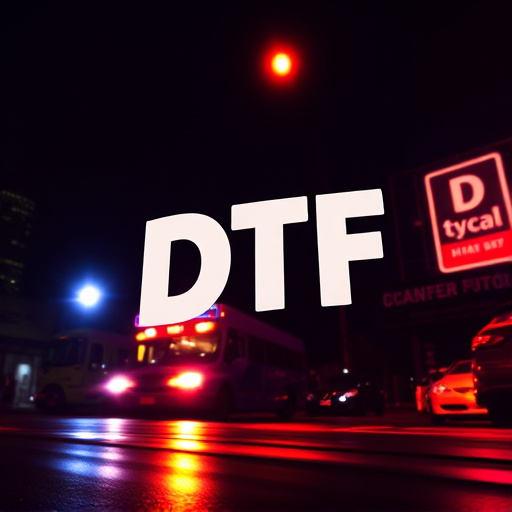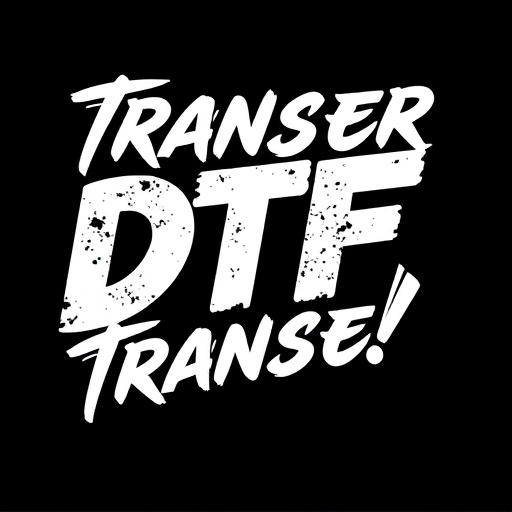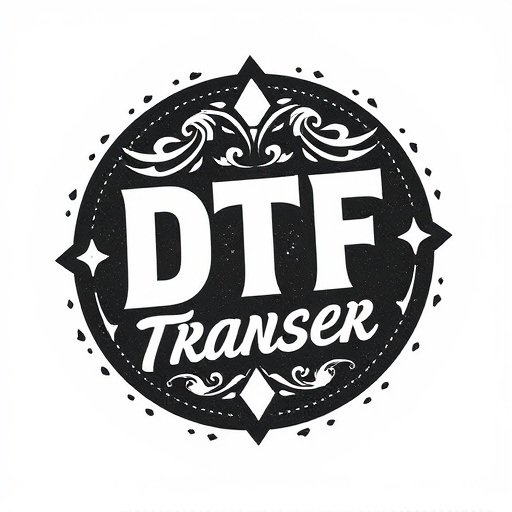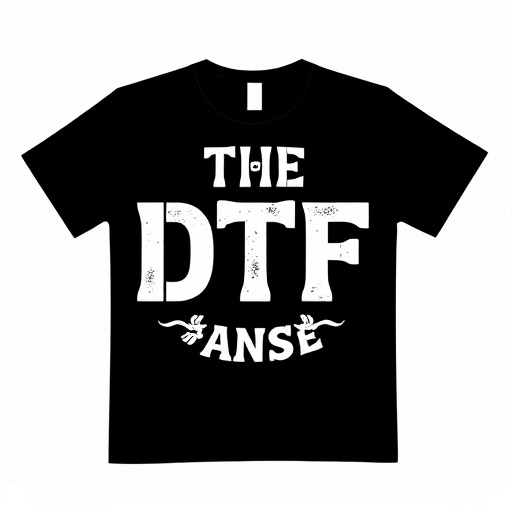The Digital Thermal Transfer (DTF) process is a revolutionary method for preserving films and photographs, offering unparalleled durability and protection against degradation. Using heat and pressure, DTF transfers create long-lasting images on materials like plastic and paper, outperforming traditional printing methods. This technology is widely adopted in archives, museums, and private collections due to its effectiveness in safeguarding cherished memories. DTF Transfers are also ideal for outdoor advertisements and branding, providing vibrant, legible images with reduced replacement costs and environmental impact. With high-quality materials and meticulous construction, these transfers resist fading, chipping, and cracking, ensuring their longevity even with frequent handling. Proper care, including gentle hand washing, maintains their color and detail. Rigorous wear testing and quality assurance guarantee DTF Transfers' authenticity and durability, making them a trusted choice for preserving vintage media, home movies, and family heirlooms.
Discover the future of film transfers with DTF (Direct-to-Film) technology, offering unparalleled durability. This innovative process creates long-lasting images resistant to fading, chipping, and wear, ensuring your memories remain intact for generations. In this article, we explore the benefits of DTF transfers, from enhanced resistance to washing and tearing to their versatility in various applications. Learn about the materials, construction techniques, and rigorous testing that make these film transfers a superior choice for preserving precious moments.
- Understanding DTF Transfer Technology
- Advantages of Long-lasting Film Transfers
- Materials and Construction for Durability
- Resistance to Washing: Care Instructions
- Wear Testing and Quality Assurance
- Applications and Benefits in Everyday Use
Understanding DTF Transfer Technology

The Digital Thermal Transfer (DTF) process is a revolutionary method in film preservation that offers exceptional durability and resistance to degradation. This cutting-edge technology involves transferring digital data onto various media, such as plastic or paper, using heat and pressure. Unlike traditional printing methods, DTF ensures long-lasting results, making it an ideal solution for preserving precious films and photographs.
DTF transfers provide a durable and protective layer over the original content, shielding it from damage caused by washing, handling, and everyday wear and tear. This technology has transformed the way we safeguard our cherished memories, ensuring their longevity for future generations to appreciate. Its ability to produce high-quality, long-lasting prints makes DTF an essential tool in archives, museums, and private collections worldwide.
Advantages of Long-lasting Film Transfers

Long-lasting film transfers, such as DTF (Direct to Film) Transfers, offer several advantages over traditional printing methods. One of the key benefits is their superior durability. These transfers are designed to resist fading and damage from everyday wear and tear, ensuring that images and text remain vibrant and legible for extended periods. This longevity is particularly valuable in environments where posters and graphics are frequently handled or exposed to harsh conditions, like outdoor advertisements or high-traffic public spaces.
Additionally, DTF Transfers provide a cost-effective solution for businesses and individuals seeking long-term visual communication. By offering a more permanent alternative to paper-based prints, these transfers can reduce replacement costs and the environmental impact associated with frequent reprints. This makes them ideal for branding, marketing, and informational displays where consistent quality and savings matter most.
Materials and Construction for Durability
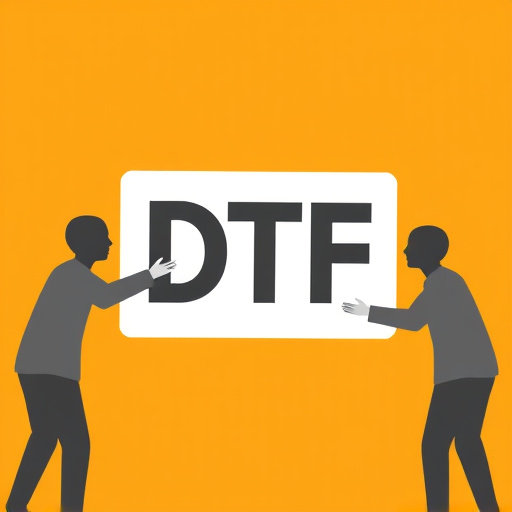
The longevity of a film transfer, like a DTF (Direct-to-Film) Transfer, is greatly influenced by its materials and construction. Superior quality films and inks are essential to ensure the image remains vibrant and clear over time. These materials should be chosen for their resistance to fading, chipping, and cracking under regular use and exposure to light.
The transfer’s construction involves precise layering to create a durable final product. This includes an underlying protective coating that acts as a barrier against moisture, dirt, and physical wear. Additionally, the backing material plays a crucial role in keeping the film stable and intact, even when subjected to frequent handling and washing.
Resistance to Washing: Care Instructions

When it comes to long-lasting film transfers, resistance to washing is a key factor in ensuring their longevity. DTF (Direct to Film) Transfers are designed with a durable coating that provides exceptional protection against everyday wear and tear. However, proper care instructions must be followed to maintain their quality.
It’s recommended to gently hand wash the transferred items using mild detergent and cool water. Avoid using harsh chemicals or high-temperature settings in washing machines, as they can damage the transfer over time. Air drying is ideal to prevent any potential shrinking or warping of the base material. With proper care, DTF Transfers can withstand regular use while retaining their vibrant colors and crisp details.
Wear Testing and Quality Assurance

In the quest for long-lasting film transfers, Wear Testing and Quality Assurance are paramount. These rigorous processes ensure that every DTF (Direct to Film) Transfer is resistant to the ravages of time and handling. Through extensive wear testing, manufacturers simulate years of use, exposing the transfers to various conditions like friction, heat, and moisture. This ensures that the colors remain vibrant, the texture intact, and the transfer durable enough to withstand daily use without fading or chipping.
Quality Assurance teams employ meticulous inspection protocols, scrutinizing each transfer for any defects or inconsistencies. They check for proper alignment, sharp edges, and consistent opacity, guaranteeing a high-quality product that meets industry standards. This comprehensive approach ensures that every DTF Transfer not only looks authentic but also stands the test of time, providing viewers with an enduring cinematic experience.
Applications and Benefits in Everyday Use

The DTF (Direct-to-Film) transfer process offers a range of applications and benefits that make it an attractive choice for everyday use, especially when preserving precious memories and documents. With its durability and resistance to fading and damage, DTF transfers ensure that photos, videos, and important documents remain intact and vibrant for generations to come.
This technology is ideal for creating high-quality copies of vintage films, old home movies, or family heirlooms, allowing users to share and relive these memories without worrying about the fragility of original media. Moreover, DTF transfers are excellent for printing purposes, providing sharp and vivid images suitable for framing or album creation. Their resistance to washing and wear means they can withstand the test of time, making them a reliable solution for personal collections and even professional archives.







